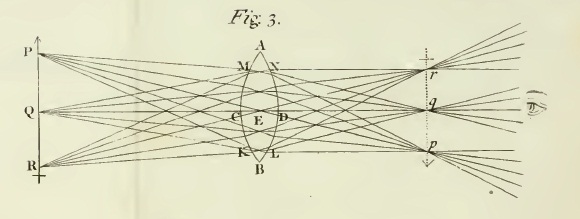
By Alexander Bratersky
Photo:Vladimir Filonov / MT
A construction worker at the All-Russia Exhibition Center restoring the area around a model of the Vostok rocket that carried Yury Gagarin to space.
Fifty years ago, the Soviet Union took the lead in the space race by sending the first human into orbit. But on the anniversary of Yury Gagarin's flight, the country's space program is stagnating, lacking a direction and living off past successes.
Some believe Russia will never lead the space race again. "You can't enter the same river twice," space industry expert Igor Lisov said Monday.
But this does not mean Russia is not trying. After years of decline, the space industry is getting lucrative state subsidies once again, with $3.5 billion earmarked this year, or four times the financing in 2005 and on par with spending by China and Japan.
The boost is credited to President Dmitry Medvedev, who listed the space industry among the main priorities of his modernization program in 2009. Still, 80 percent of the money goes to finance Russia's participation in the International Space Station, with only what's left used to fund new projects.
In any case, lavish spending and Kremlin blessings do not automatically lead to technological breakthroughs.
So far the Russian space program is playing catch-up with the Soviet legacy.
A vivid example is the unmanned Proton rocket, which remains the main global means of getting goods, satellites or astronauts into orbit. Commercial Proton launches have earned Russia $4.3 billion since 1994 — but the rocket itself was designed in the 1960s.
The Proton's replacement, the Angara, capable of carrying 37 percent more payload, was set to be presented this year, but the developer, the Khrunichev space center, said recently that tests would not begin before 2013.
Another hot topic is a project to build a nuclear-powered spaceship, which is to be designed by 2012 and created by 2020 or 2021.
"Using this engine, you could reach Mars in a much shorter period of time than a year or a year and a half," Federal Space Agency head Anatoly Parminov said in a radio interview last December.
But even this touted breakthrough is, in fact, based on blueprints by seminal Soviet space engineer Valentin Glushko dating back to the 1960s. Whether the long-delayed project has a chance of finally getting off the ground remains open to question. Although the Federal Space Agency has earmarked $570 million for the spaceship over nine years, analyst Charles Vick said it would still need outside help.
"Both U.S. and Russian efforts [in this area] in the past have only gone just so far before being stopped due to a lack of national political will as well as the all-important national funding," Vick, a space expert with Global Security.org in Washington, told The Moscow Times.
Another crucial project is the construction of Russia's own cosmodrome. But even this is regaining a lost position because the main Soviet-era launching pad, Baikonur, is located in Kazakhstan, an independent country since 1991, and costs Moscow $117 million a year to rent.
Construction of the Vostochny Cosmodrome was initiated in the far eastern Amur region this year. The $800 million launch pad is scheduled to open in 2016.
Baikonur is perfectly operational, but a new cosmodrome is needed due to political risks, said Lisov, an analyst with the Novosti Kosmonavtiki industry magazine. "Today they are minimal, but who can predict what will happen in the future?" he said by telephone.
One of the most publicized components of Russia's space program is Glonass, a navigation system that aims to rival the American GPS and European Galileo. But the project, in the works since 1976, has been plagued with setbacks, the latest of which saw three satellites plop into the Pacific after a rocket failure in December.
The country lost 4.3 billion rubles ($153 million) over the incident because the satellites were not properly insured, Deputy Prime Minister Sergei Ivanov said in March. Prosecutors have opened an inquiry.
Perhaps the clearest proof of the stagnation in the space program is that Russia does not have any scientific satellites — a staple of any space research program — that are operational at the moment. The last, the Koronas-Foton, was launched in 2009 to study the Sun but was lost in 2010 to an equipment failure blamed on design flaws.
Tasks for the Koronas-Foton would have included examining the effect that solar radiation could have on a potential Mars mission — which remains a coveted but distant goal for all space programs worldwide.
Russia is, in fact, advancing its own Mars mission. A mock mission, designed to study the health effects of a 500-day trip to the Red Planet on the human body, was initiated last June by the Moscow-based Institute of Medicine and Biological Problems.
Six volunteers from Russia, China and several European countries are spending more than 500 days in isolation as part of Mars-520.
But in an illustration of Russia's space reach, they are making the simulated flight in the confines of a compound in Moscow.

No hay comentarios:
Publicar un comentario